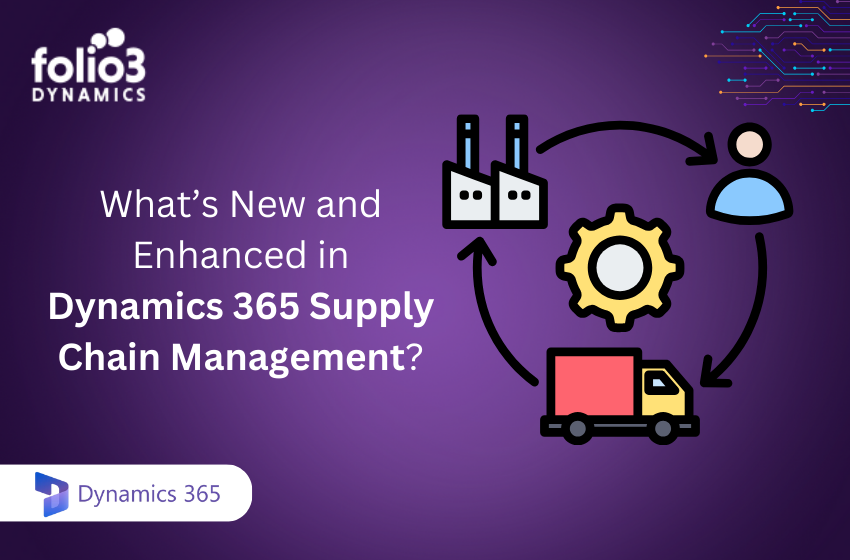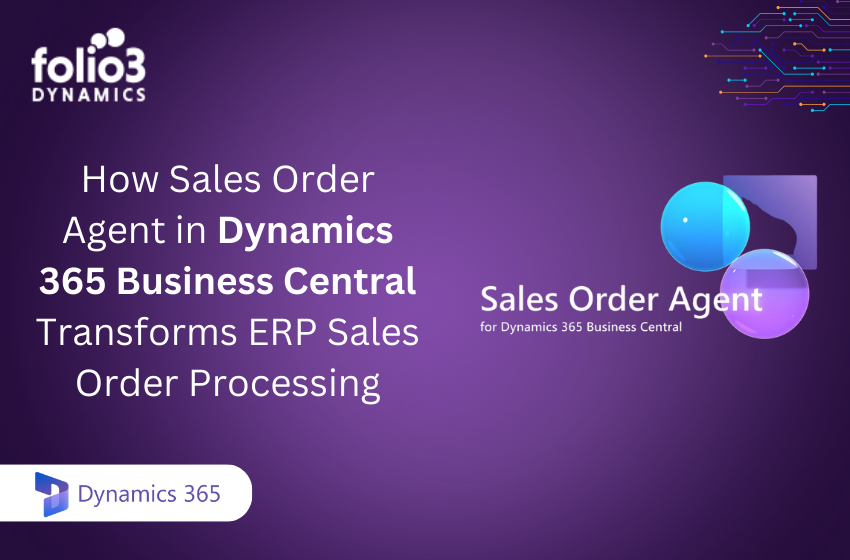Managing rapidly growing businesses is always challenging. Using multiple software solutions is the typical approach employed by companies to ensure smooth management of various business functions. However, multiple business management systems themselves may become too complex and burdensome for businesses, impacting business efficiency.
That’s where SAP comes into play…
SAP is the leading software producing company offering software solutions that promise seamless management of different business processes. SAP develops various solutions aimed at optimizing data flow and processing across different levels of the organization.
SAP has been operating since 1972, and it started as a five-person venture, but they’ve now become a multinational company based in Germany. The company offers a complete suite of business solutions and easily integrated apps that help connect different business avenues, leading to an intelligent platform.
With the availability of various apps, SAP ECC Vs. SAP ERP Vs. S/4HANA has become a common debate. In this article, we are sharing the differences between these three apps from SAP. So, are you ready to know more?
SAP S/4HANA
SAP S/4HANA is an ERP system designed for large-scale enterprises. It is optimized as a memory-based database and can cover enterprises’ daily activities and processes, which results in standardization. This app is suitable for organizations that prefer volume and scale as this software provides the framework across various geographies and locations.
On the other hand, SAP S/4HANA might not deliver the flexibility that your business processes might need. But again, this lack of flexibility promises better standardization in the business (it’s not a good thing if your business is based on decentralized activities). It is designed to handle an extensive array of business functions and processes, which is why it’s become a preferred choice of diverse and large-scale businesses. To name a few, it can handle advanced planning, basic finances, and analytics.
Functionality
There are various advanced functions that make SAP S4/HANA a suitable choice for different industries and many multinational organizations. SAP S4/HANA is a relatively new system which means there are some deficiencies. However, SAP is continuously trying to bridge and fill these gaps, but it still has a long way to go. But again, before you buy this system, you must be aware of certain limitations. The best thing about SAP S/4HANA is the HANA database, so organizations don’t have to depend on the Oracle database.
- Data & Performance
The database is highly efficient and has high-performance standards, promising better insights and real-time access to the business operations and outcomes. HANA database is designed to deliver high-speed functionality and processing. As a result, the business decision-making will be improved, and you are likely to get profitable outcomes.
- Points To Consider
If your business is ready to adopt SAP S/4HANA, there are some limitations since it’s a new system. For this reason, there are chances that it will consume more cost and time. In addition, the system is complicated, which makes it hard for organizations to implement and utilize. The bottom line is that SAP S/4HANA has a fair share of strengths and weaknesses, but it’s best to understand the underlying risks because it eventually helps make the best decision.
SAP ECC
“What is SAP ECC?” and “What is SAP ERP Central Component (SAP ECC)?” are few common queries that we generally receive from businesses of all sizes and industries. SAP ECC actually started as financial software and was initially named RF. Over the course of time, the software has been enhanced, and other modules have been added, and RM/1 is one of them. After the launch of SAP ECC, there have been different versions, but it was finalized in 2004.
The SAP ECC (ERP Central Component), integration feature allow businesses to use their ECC with others. It has become an essential component of the business suite since the core features are designed to help with business operations. It wouldn’t be wrong to say that SAP ECC is the most significant system element that allows it to operate on various databases (it also works with the HANA database, the database launched with S/4HANA).
SAP ECC is integrated with the resource planning features, and there are multiple modules for organizing the core business operations. These modules are customizable according to the unique needs of clients and industries. This is an extremely efficient software product that improves the outcome of business tasks through proper tracking of financial performance. In addition, it can help track the sales volume and keep an eye on the product distribution.
At this point, it’s worth remembering that when SAP ECC runs on HANA, it will be termed as Suite On Hana. The utilization of HANA databased improves the performance while enhancing the reporting. On the other hand, SAP has stated that they won’t support this software product after 2025 (the users will be able to use it, but SAP won’t provide any updates or customer care). Lastly, SAP S/4HANA is hard to use, and some features are complicated, so if you are going to implement it, you will need training!
SAP ERP
SAP offers various ERP systems for their clients to ensure different business processes can be supported. SAP has become one of the leading vendors of these ERP systems. ERP is basically an enterprise resource planning software that includes SAP Business ByDesign, SAP S/4HANA, and SAP Business One, and more. SAP ERP includes a fully integrated range of features and software modules according to the organization’s needs.
The majority of features include manufacturing, accounting and finances, service management, inventory management, distribution, sales, R&D, and more. There are different business solutions designed by SAP, including HR management, business intelligence, CRM, and supply chain management. With the availability of various features, the ERP solution can be customized to meet and exceed the needs of businesses.
Irrespective of the features you use, the data sources and business processes can be streamlined because a single ERP system handles everything. As a result, the need for redundant systems will be eliminated, which promises effective and efficient business functionality. The best thing about ERP systems is that they improve business collaborations. Also, it’s designed to support the automation of different business processes (yes, even if the systems are deployed on connected departments).
SAP ERP can be implied as a SaaS service as well as a hybrid model. It delivers multiple analytical tools, apps, and data to streamline business processes, hence the competitive edge for businesses. It wouldn’t be wrong to call it a one-size-fits-all system because it has higher scalability and is suitable for businesses of different sizes and types. Some additional benefits of SAP ERP include the following;
- It helps with managed procurement which eventually results in a higher sales count. The ERP is suitable for managing business processes, such as procurement, invoicing, requisition, and payments. In addition, it can coordinate the product’s inventory levels, irrespective of the storage location
- It works perfectly as a financial management tool because it has various accounting features. To begin with, it can consolidate the financial data into a ledger which eventually results in accurate financial reporting. Lastly, the financial data helps develop analytical reports
- The manufacturing businesses can link the manufacturing schedules to ordering and procurement systems. It helps keep sufficient inventory for fulfilling the orders. In addition, it provides tools for better handling of manufacturing processes
The Bottom Line
To summarize, SAP software solutions can be complicated at first, and they might even require special training. However, once you get the hang of these systems, the business productivity and functionality will be improved by multiple folds. Lastly, you should compare the core features when choosing between different products because it can help minimize costs and save essential business resources!


